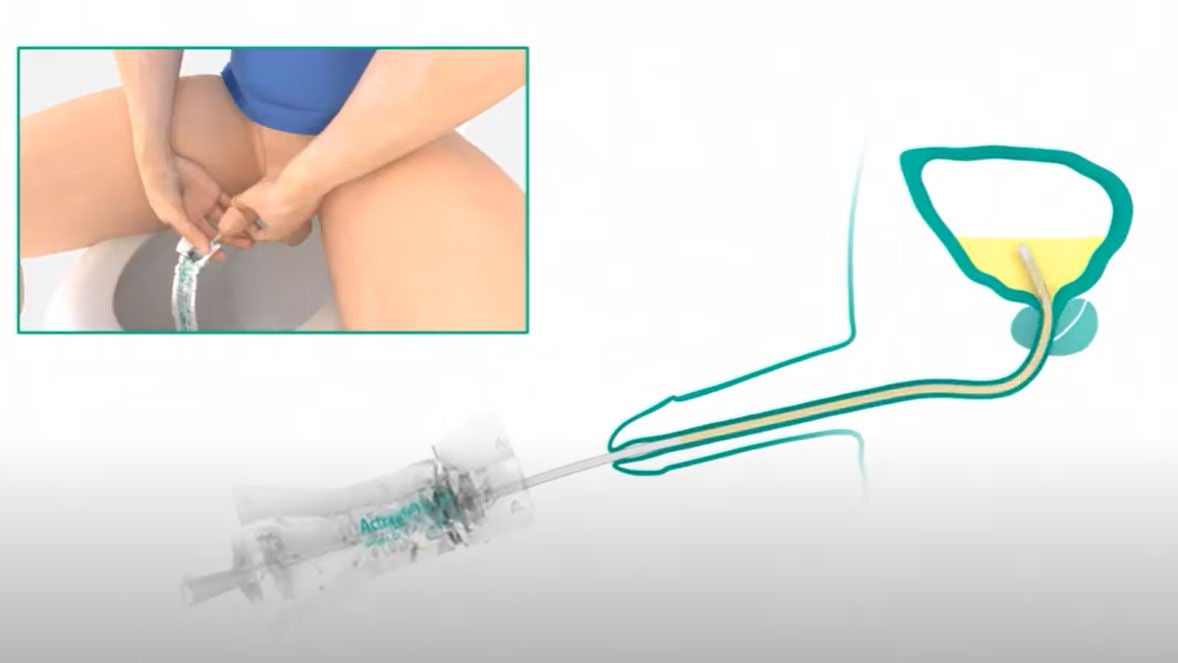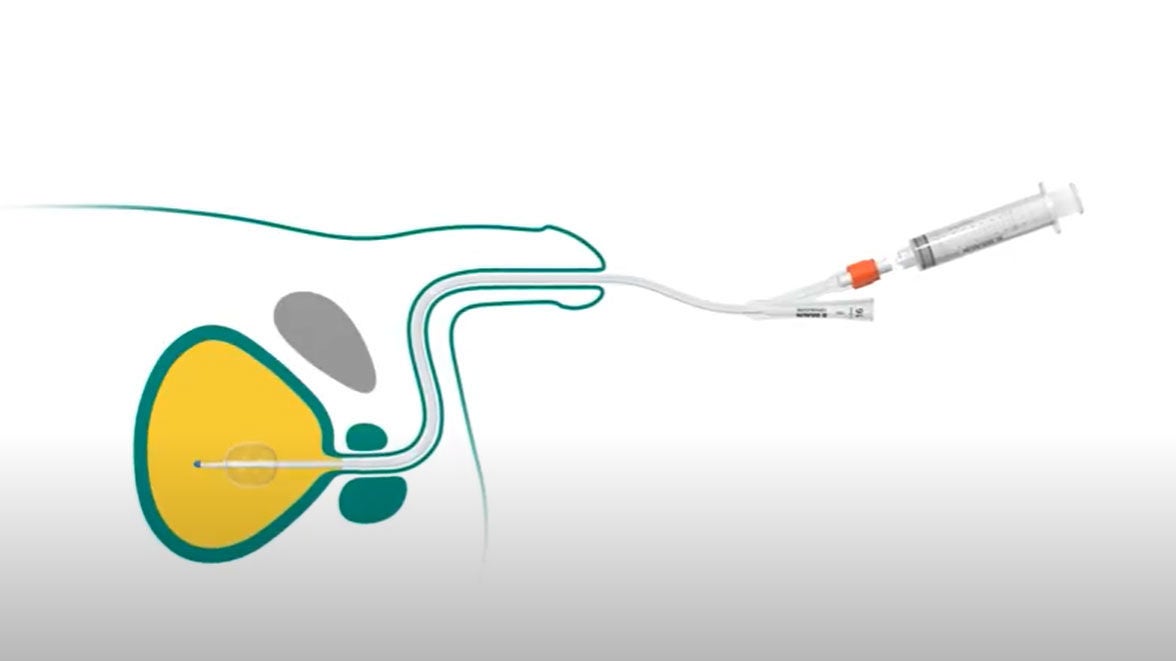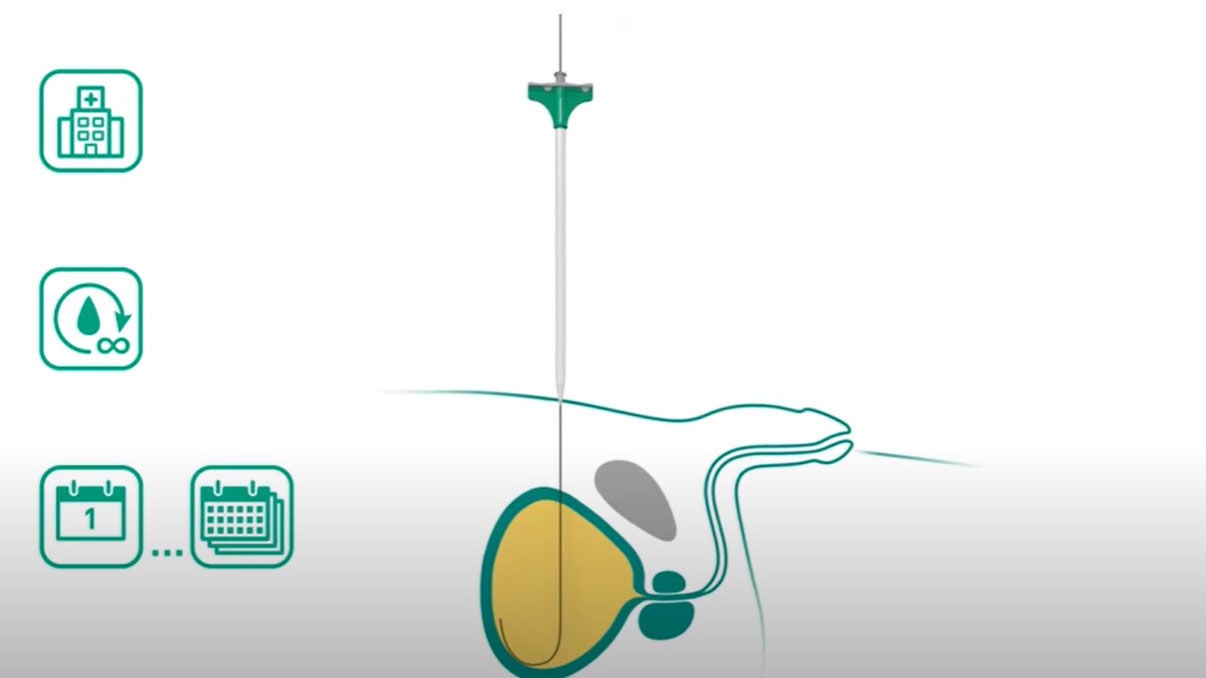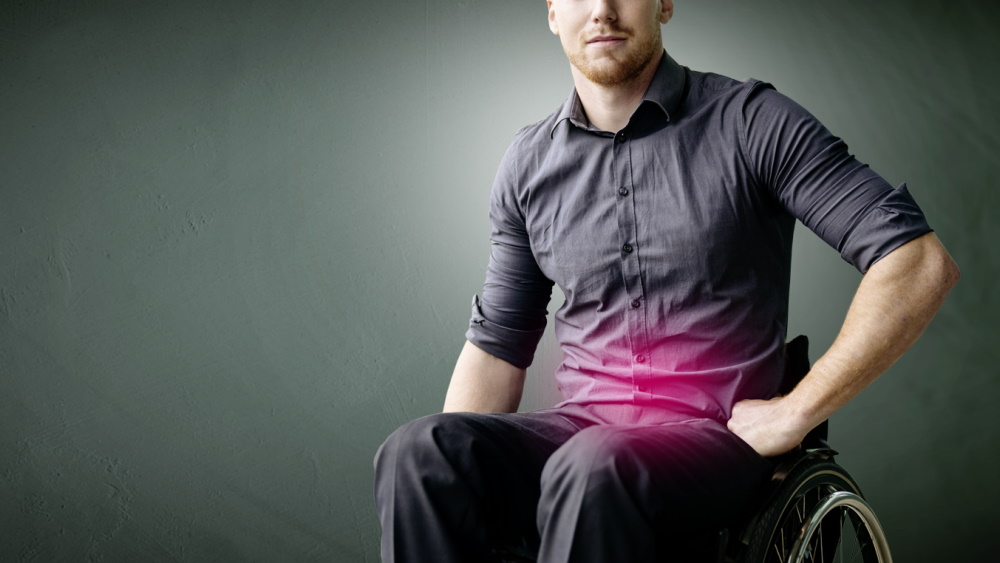You have successfully logged out.
Not registered yet?
Methods of bladder emptying
Urinary catheterisation
In many patients, the neurologic control of the sphincter and the pelvic floor muscles can be impaired or even non-existent. The reasons for this can be spinal cord injury, multiple sclerosis, spina bifida, prostate or bladder cancer, but also stroke or Alzheimer's disease. The consequences: the urine either remains in the bladder or is emptied uncontrollably – in either case, a urinary catheter is necessary.
Medical Professional
This information is meant for medical professionals only. Please confirm that you are a medical professional before accessing the information.
Confirm Yes, I am a health care professional. Cancel No, I am not a health care professional.Three methods of bladder emptying
Intermittent catheterisation
The most common is the so-called intermittent catheterisation (IC) technique with a disposable catheter. Used four to six times a day, a thin tube with drainage holes, called catheter, is inserted through the urethra to the bladder to empty it from urine. It is removed immediately after drainage has ceased. It could be performed by healthcare professionals or the patient himself (ISC - intermittent self catheterisation).
Indwelling catheterisation
The second technique is with the indwelling catheter. This type of catheter is inserted through the urethra and fixed within the bladder with the balloon positioned at the vesical end of the catheter. It should be connected to a urine bag for continuous urine collection. This catheter can remain in place for days or weeks. However, indwelling catheters can anatomically and functionally harm the bladder because the alternating filling and emptying of the bladder is abrogated. Moreover, permanent catheters are associated with a higher risk of urinary tract infection and should be used only when no other bladder management method is available.1
Suprapubic catheterisation
In the third catheterization method, the suprapubic method, the catheter is inserted through the abdominal wall instead of the urethra. This method is performed, e.g. when the urethra is pathologically narrowed, blocked, or after surgical interventions, in particular within a posttraumatic context of the urethra.
B. Braun solutions for all three methods of bladder emptying
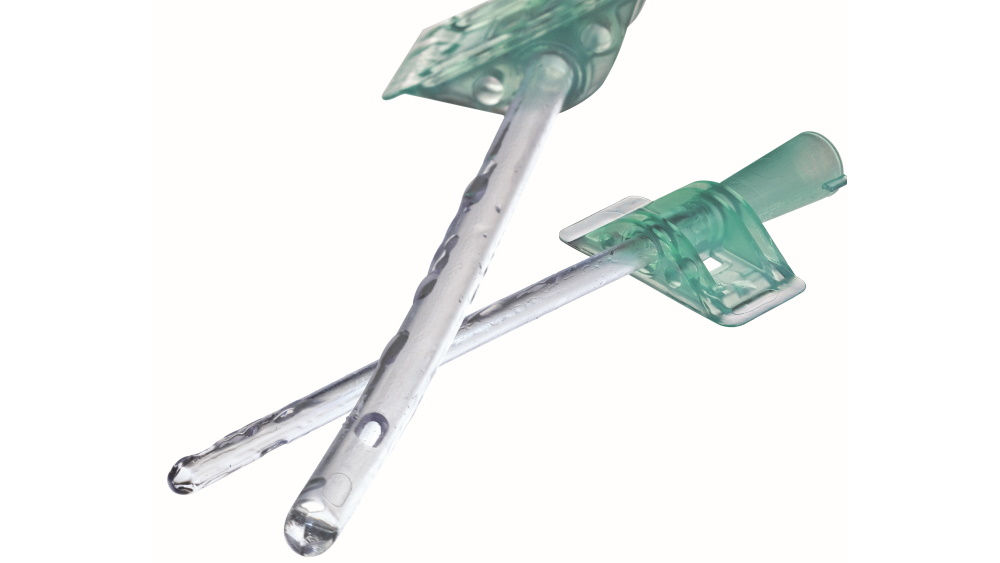
Intermittent catheterisation
For the intermittent method, we offer our Actreen® catheter product line.
The IC can be performed from birth on, usually by the patient's parents. Later, around the age of six, patients may learn to catheterize themselves (ISC - intermittent self catheterisation).
People who practice self-catheterisation with the help of solutions such as Actreen® might no longer have to cope with embarrassment and thus can enjoy an active social life.
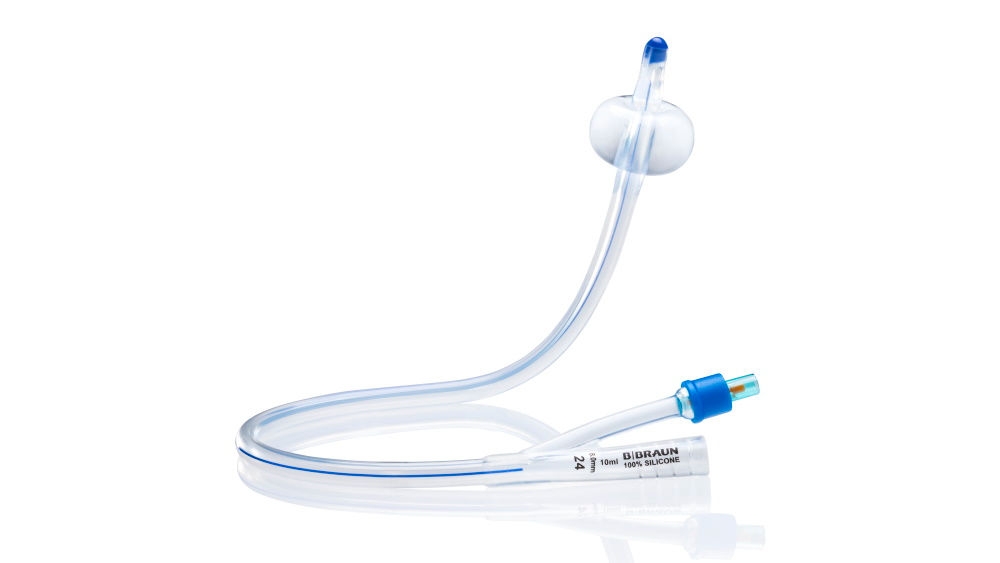
Indwelling catheterisation
The Urimed® Cath combined with the Uro-Tainer®, the urological flushing solution, has been already successfully used as permanent catheter management reducing blockage and incrustations.2
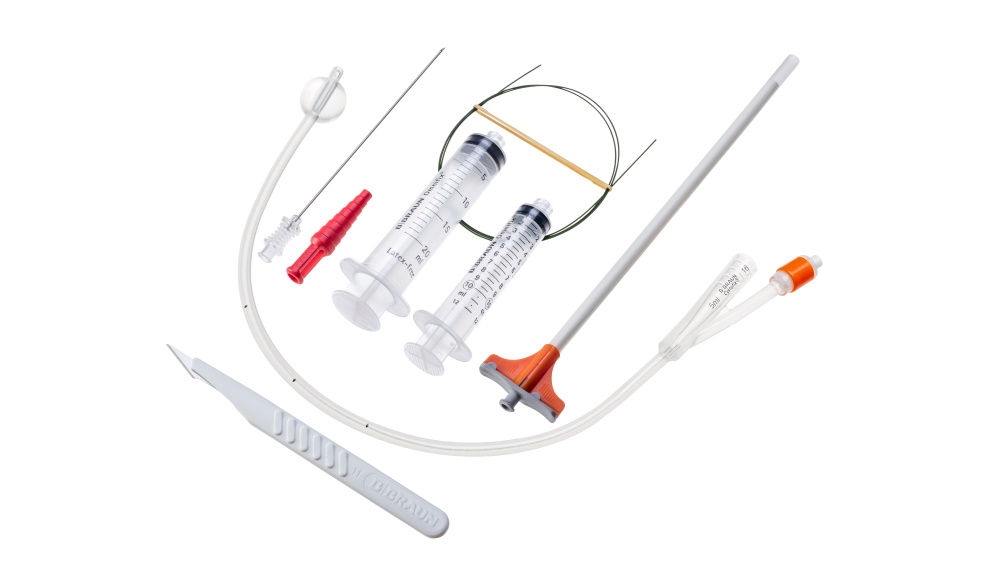
Suprapubic catheterisation
The first B. Braun Cystofix® range was launched more than 40 years ago. When suprapubic catheters are used, it is important to insert them as carefully as possible through the abdominal wall. Our Cystofix® SG system was developed to achieve this, with cannulae that have a diameter of only 1.3 millimeters.
- Gilbert, B., Naidoo, T. L., & Redwig, F. (2018). Ins and outs of urinary catheters. Australian Journal of General Practice, 47(3), 94-100.
- Getliffe, K., Fader, M., Cottenden, A., Jamieson, K., & Green, N. (2003). Randomized clinical trial of the effect of acidic and alkalinizing catheter maintenance solutions on the rate of encrustation. British Journal of Urology International, 92(9), 1007-1014. https://doi.org/10.1111/j.1464-410X.2003.04517.
